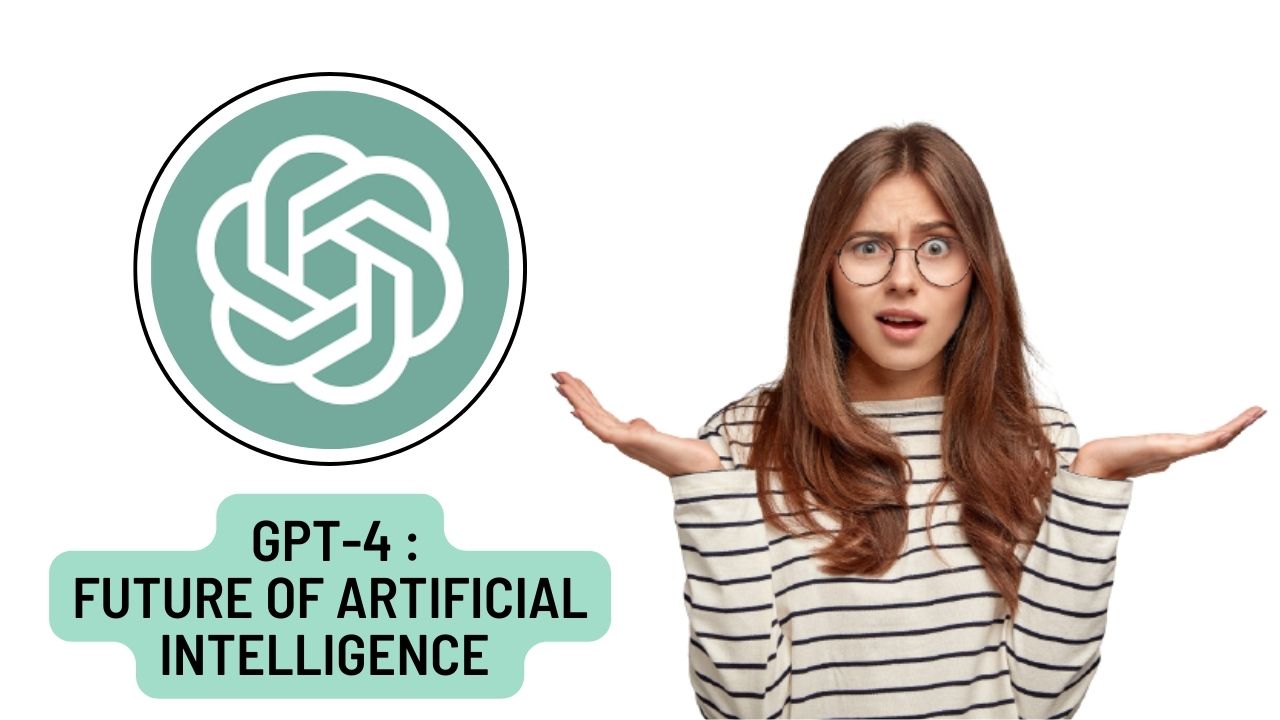Artificial Intelligence (AI) has been rapidly evolving over the years, and the latest breakthrough in this field is the much-anticipated GPT-4. This advanced AI technology promises to revolutionize the way we live and work, but what exactly is GPT-4, and how does it work? In this post, we’ll dive into the details of GPT-4, its capabilities, and its impact on the future of technology.
What is GPT-4?
GPT-4, or Generative Pre-trained Transformer 4, is an advanced AI technology that builds on the success of its predecessors, GPT-1, GPT-2, and GPT-3. GPT-4 uses deep learning algorithms to process vast amounts of data and generate human-like responses to various tasks, such as language translation, content creation, and even decision-making.
How Does GPT-4 Work?
GPT-4 is based on a transformer neural network architecture that has been pre-trained on massive amounts of data, enabling it to understand and interpret complex information quickly. GPT-4 uses this pre-training to generate human-like responses to various tasks, including language translation, content creation, and even decision-making.
The capabilities of GPT-4 are impressive, and it has the potential to revolutionize various industries. For instance, GPT-4 can be used to create more natural-sounding chatbots, improve language translation software, and even aid in drug discovery.
What Can GPT-4 be Used for?
GPT-4 has the potential to be used for a wide range of applications, from chatbots to content creation. Here are just a few examples:
Chatbots
One of the most exciting applications of GPT-4 is in the development of chatbots. With its advanced natural language processing capabilities, GPT-4 could be used to create chatbots that are almost indistinguishable from humans.
Content Creation
GPT-4 could also be used to generate high-quality content for websites and other online platforms. By inputting a topic or subject, GPT-4 could generate well-written articles or blog posts that are tailored to a specific audience.
Translation
GPT-4 could also be used to improve machine translation. By analyzing vast amounts of text data in multiple languages, GPT-4 could be trained to produce more accurate translations than current translation software.
When Will GPT-4 be Released?
Unfortunately, Open-AI has not yet announced a release date for GPT-4. However, based on the release schedule of previous models, it’s likely that we’ll see a release within the next few years.
What are the Potential Benefits and Risks of GPT-4?
As with any new technology, there are both potential benefits and risks associated with GPT-4. Here are a few of the most significant:
Benefits
- Improved chatbot capabilities: GPT – 4 could be used to create chatbots that are almost indistinguishable from humans, improving customer service and support.
- More efficient content creation: GPT – 4 could be used to generate high-quality content at a faster rate than human writers.
- Improved translation: GPT – 4 could be used to improve machine translation, making it easier for people to communicate across language barriers.
Risks
- Misuse of the technology: Like any powerful tool, GPT – 4 could be misused by individuals or organizations for malicious purposes.
- Job displacement: GPT-4 could potentially replace human writers and translators, leading to job losses in those fields.
Conclusion
In conclusion, the future of artificial intelligence (AI) is bright and full of exciting possibilities. As technology advances, so does the potential for AI to revolutionize the way we live, work, and interact with each other. From smart homes to autonomous vehicles, the applications of AI are vast and growing.

